Master of desert modernism Rick Joy celebrates 25th anniversary with retrospective tome
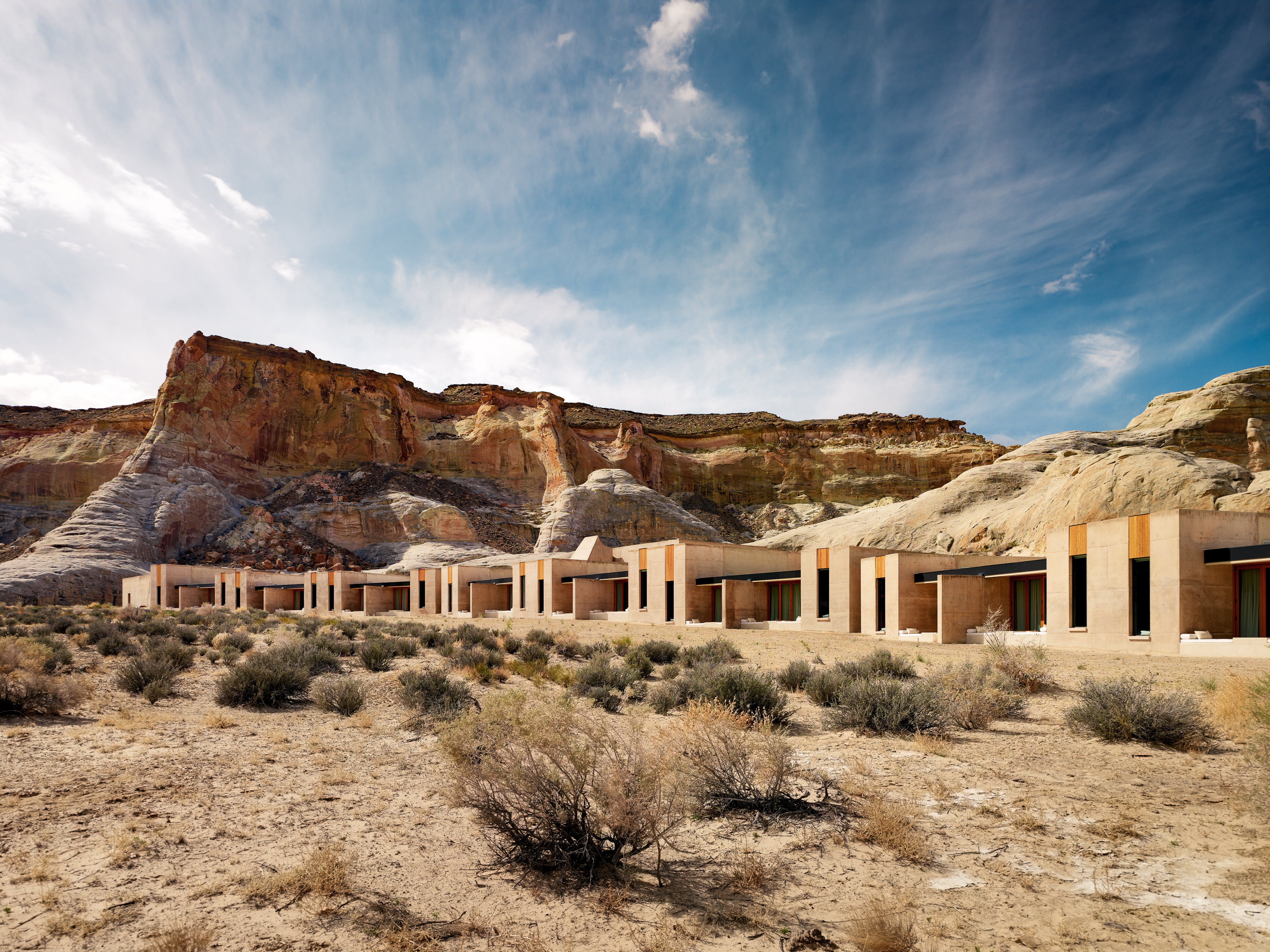
The American desert holds a certain mystique for architects. Where else can you get the emboldening sense of having conquered nature without any need for aesthetic compromise? As a result, the arid expanses of the West are a playground for modernists of all persuasions, from the expressive to the minimal.
Rick Joy started his practice in Tucson, Arizona, in 1993, bringing a crafted, material approach to residential design. Projects like the Desert Nomad House of 2006 were part of a renaissance in desert building, delivering self-sufficiency, simplicity and a light touch on the delicate desert environment without compromising the purity of the scheme. The house was one of the standout projects in Joy’s first monograph, ‘DesertWorks', published in 2002. Now, on the occasion of the studio’s 25th anniversary, a new book has been published, ‘Studio Joy Works’, which charts recent work, much of which is now far removed from his Tucson stamping ground.
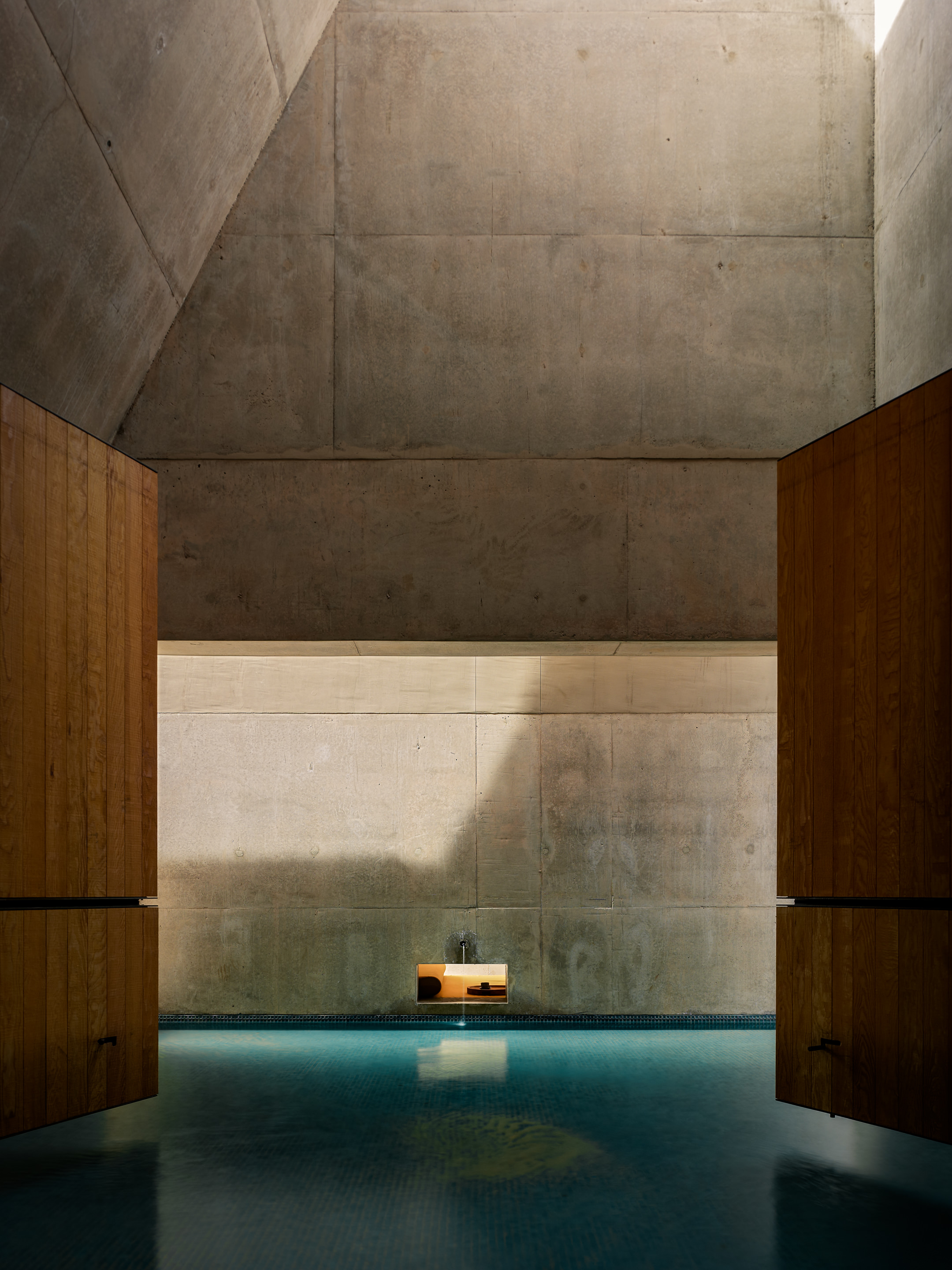
The tome delves into the practice's work in the American desert and beyond. Pictured here, the Amangiri Hotel.
Featured projects include the Sun Valley House in Idaho, a private retreat arranged as two wings flanking a central courtyard, with rustic stone walls chiselled and chamfered to geometric perfection. Stone is also used in the Woodstock Vermont Farm, this time paired with traditional cedar shingles to create a meticulously precise update of the state’s vernacular farm architecture. There’s plenty of design diversity on display, from the expansive family ranch in New Mexico with its sheet metal roof and shuttered concrete finishes, to the bunker-like minimalism of a vacation retreat in the Turks and Caicos Islands and the chalky minimalism of a loft in New York.
Joy’s studio has also started to engage in civic works, translating the same asceticism it applies to its private projects into public space. The book features the Princeton Transit Hall and Market, a bold piece of sculptural art that serves the famous college town without kowtowing to the town’s many architectural statements. Joy speaks of ‘cherishing the site’s spirit,’ and the works on display imply a strong sense of place, filtered through an even more rigorous approach to form and detail.
For more desert architecture see more modern buildings in arid environments
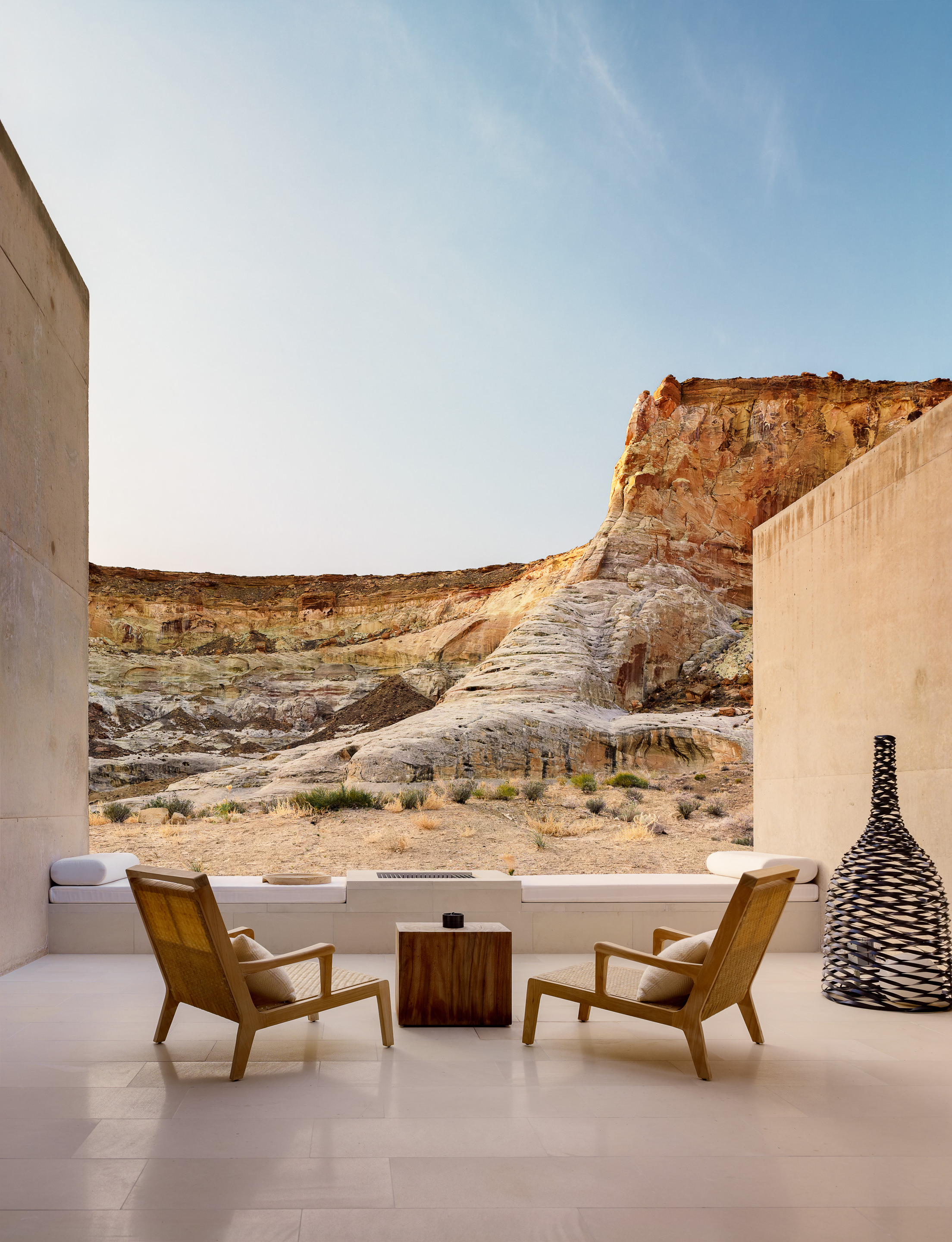
The Amangiri Hotel by Rick Joy is located in Utah
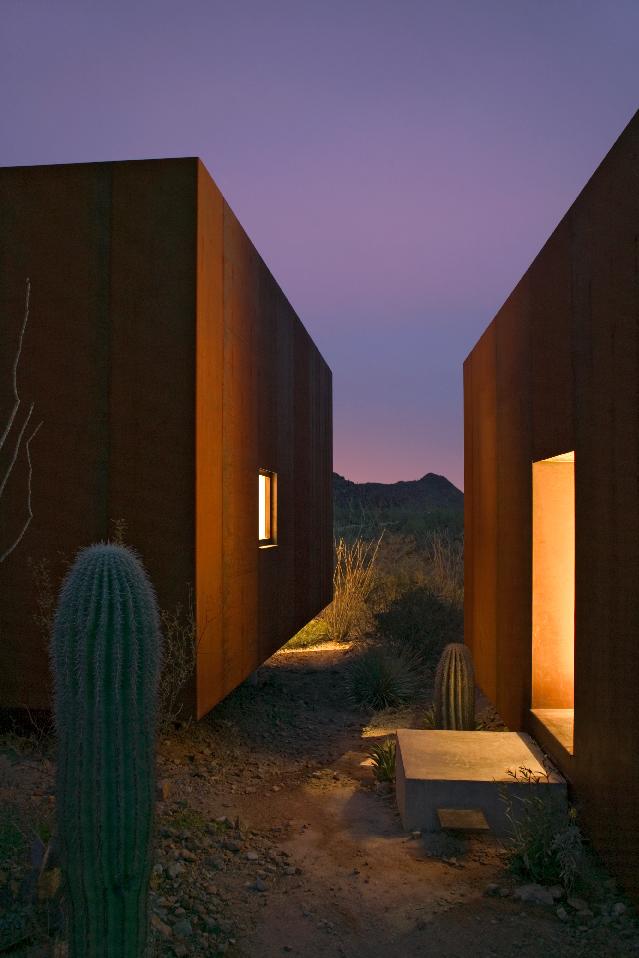
Also included in the publication is the Desert Nomad house.
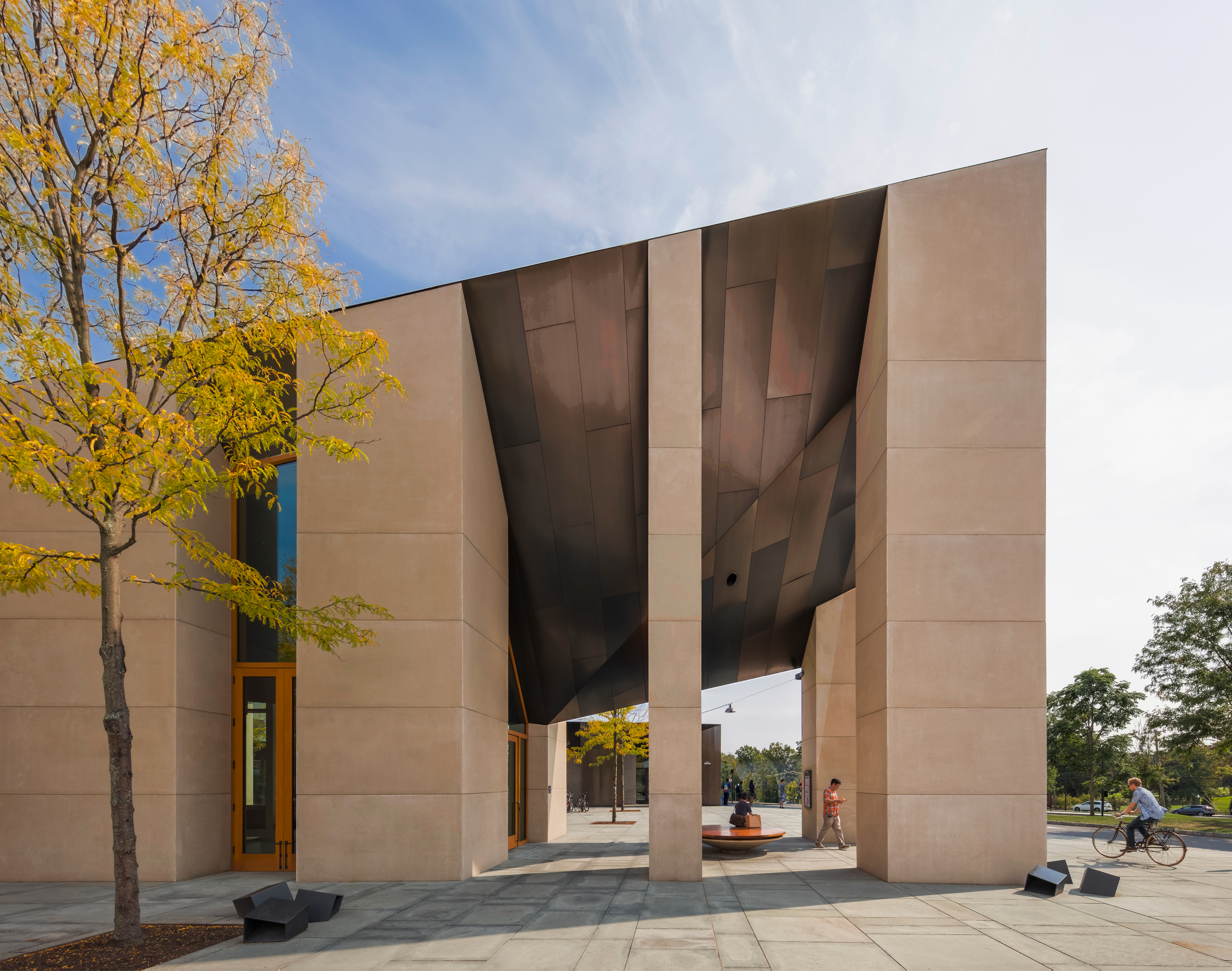
Joy's Princeton Transit Hall and Market was completed earlier this year.

The project is located in the famous university town.

Joy's residential work spans a variety of locations, such as New York, with this loft interior.
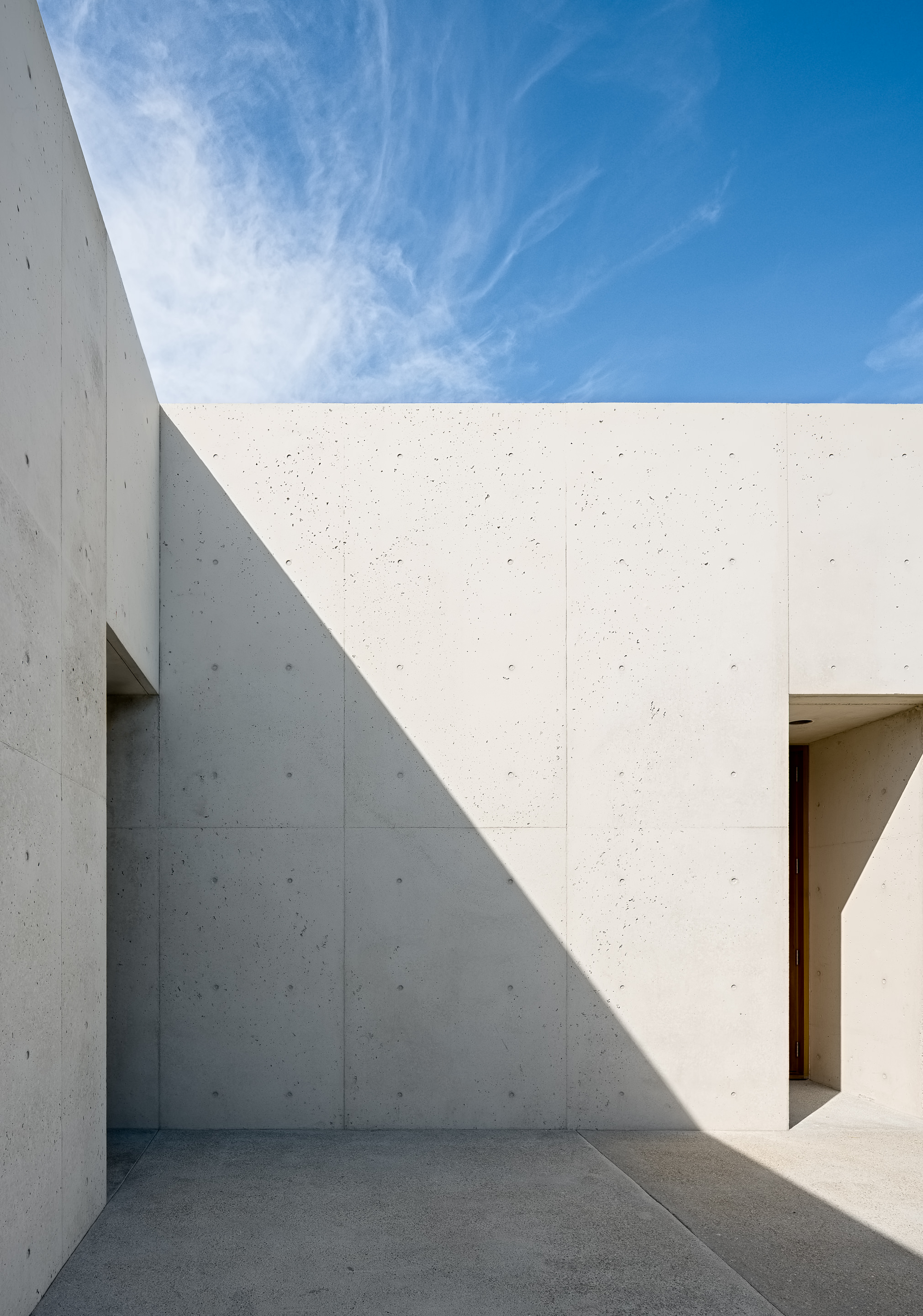
A minimalist home in Turks & Caicos showcases the architect's masterful approach.

The project makes for the perfect vacation retreat.
INFORMATION
'Studio Joy Works: The architecture of Rick Joy', Princeton Architectural Press, $55. For more information visit the website of Studio Rick Joy
Receive our daily digest of inspiration, escapism and design stories from around the world direct to your inbox.
Jonathan Bell has written for Wallpaper* magazine since 1999, covering everything from architecture and transport design to books, tech and graphic design. He is now the magazine’s Transport and Technology Editor. Jonathan has written and edited 15 books, including Concept Car Design, 21st Century House, and The New Modern House. He is also the host of Wallpaper’s first podcast.
-
 This refined Manhattan prewar strikes the perfect balance of classic and contemporary
This refined Manhattan prewar strikes the perfect balance of classic and contemporaryFor her most recent project, New York architect Victoria Blau took on the ultimate client: her family
-
 This is your chance to invest in some ultra-rare Maison Margiela Tabi boots
This is your chance to invest in some ultra-rare Maison Margiela Tabi bootsPart of the new ‘Tabi Collector’s Series’, these one-of-a-kind Tabis are adorned with 8,000 hand-embroidered beads, sequins and metallic shards – an ode to the pioneering split-toe style, introduced by Martin Margiela in 1989
-
 Robbie Williams' chair for Moooi 'is a complete mood'
Robbie Williams' chair for Moooi 'is a complete mood'Softly padded and cocoon-like, Robbie Williams’ Introvert chair makes a surprisingly gentle addition to Moooi’s theatrical universe
-
 This refined Manhattan prewar strikes the perfect balance of classic and contemporary
This refined Manhattan prewar strikes the perfect balance of classic and contemporaryFor her most recent project, New York architect Victoria Blau took on the ultimate client: her family
-
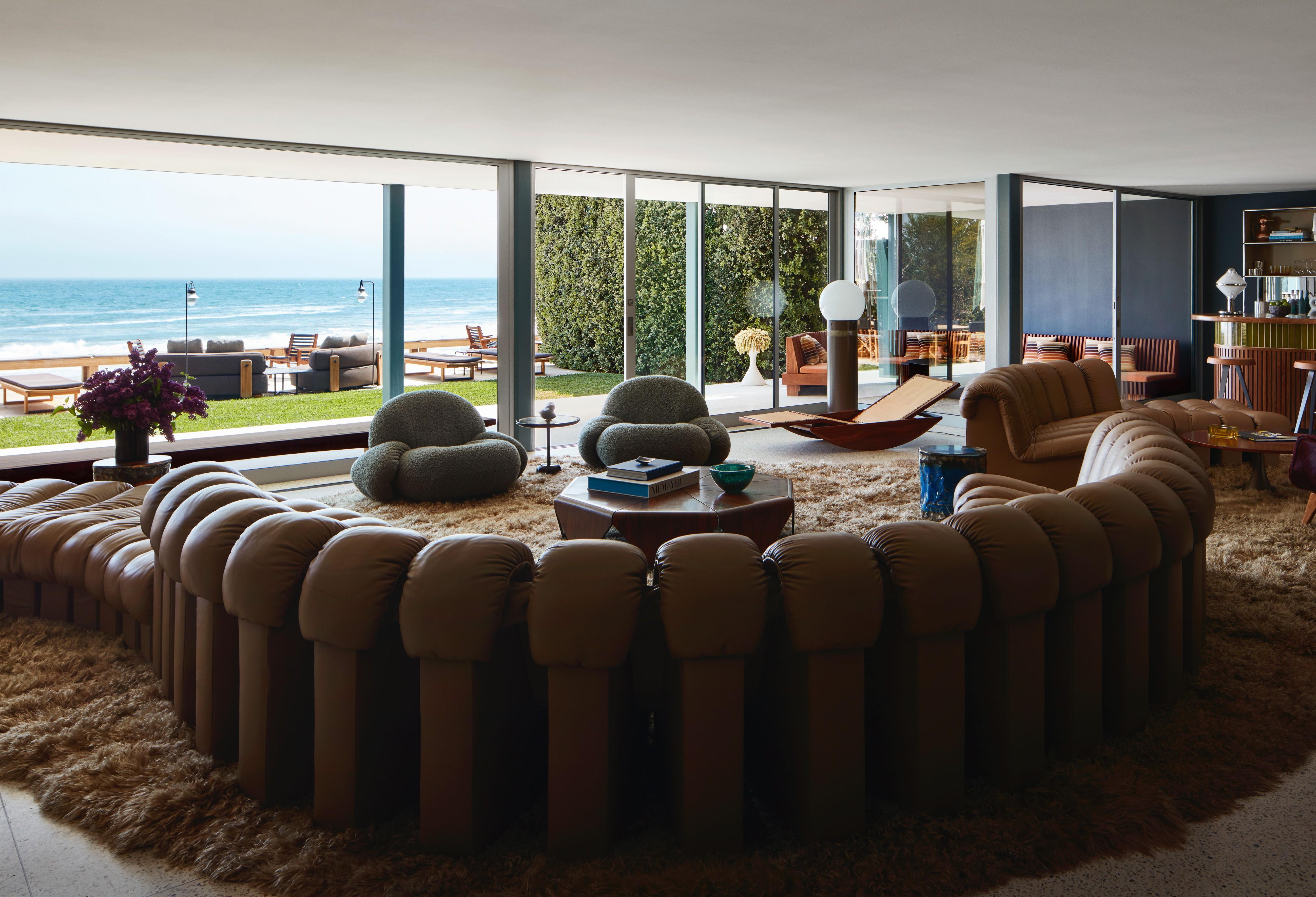 Inside a Malibu beach house with true star quality
Inside a Malibu beach house with true star qualityBond movies and Brazilian modernism are the spur behind this Malibu beach house, infused by Studio Shamshiri with a laid-back glamour
-
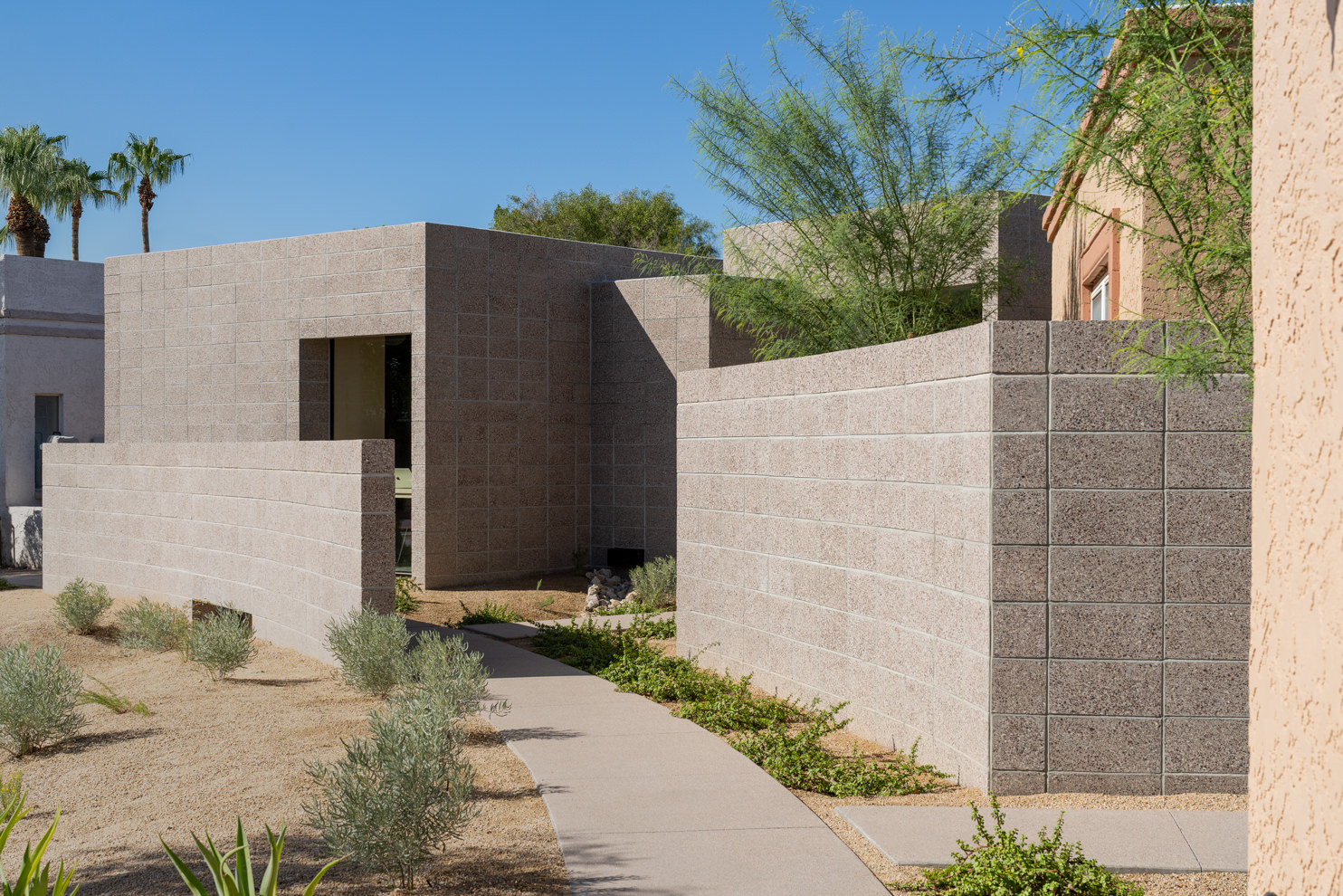 An Arizona home allows multigenerational living with this unexpected material
An Arizona home allows multigenerational living with this unexpected materialIn a new Arizona home, architect Benjamin Hall exposes the inner beauty of the humble concrete block while taking advantage of changed zoning regulations to create a fit-for-purpose family dwelling
-
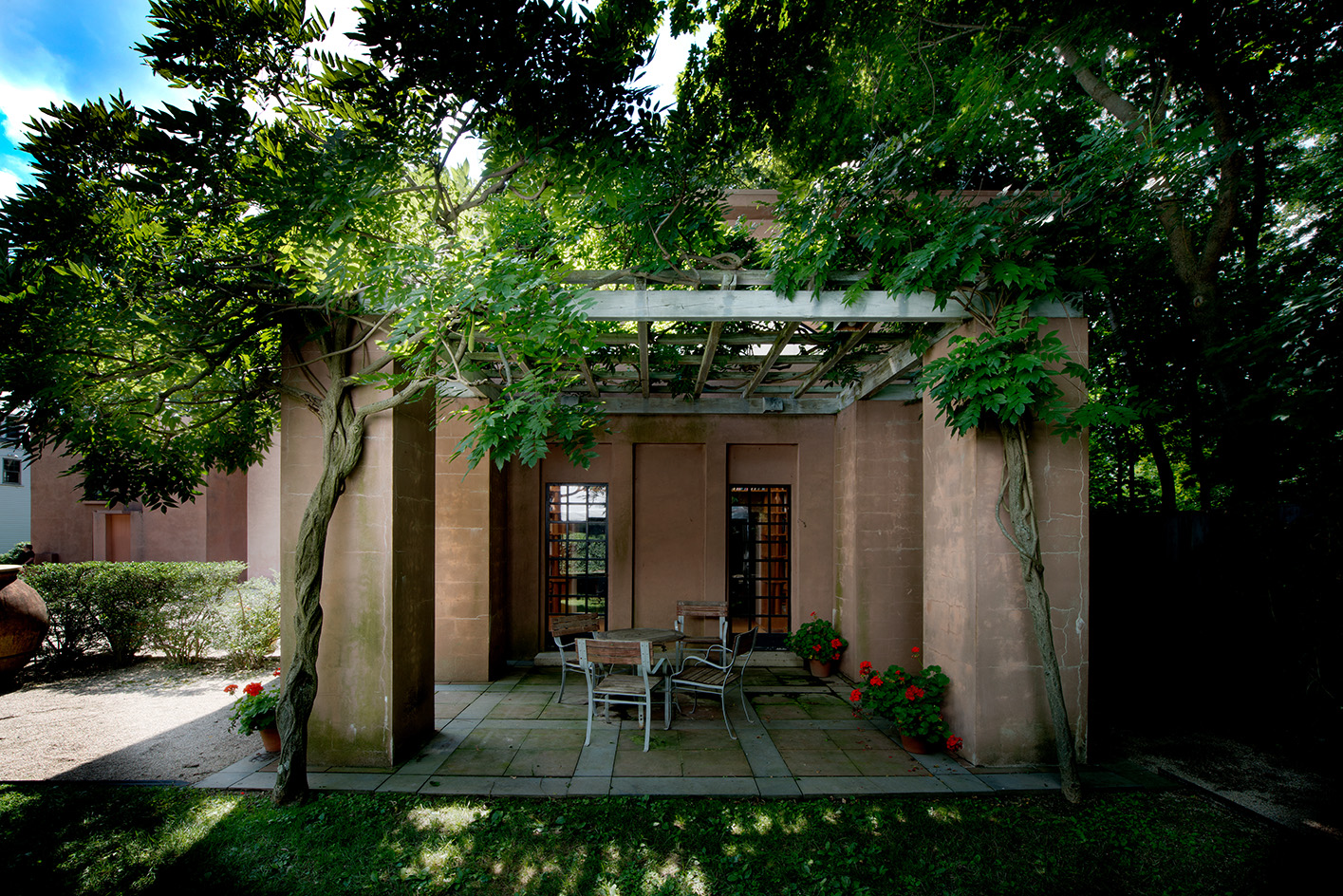 Michael Graves’ house in Princeton is the postmodernist gem you didn’t know you could visit
Michael Graves’ house in Princeton is the postmodernist gem you didn’t know you could visitThe Michael Graves house – the American postmodernist architect’s own New Jersey home – is possible to visit, but little known; we take a tour and explore its legacy
-
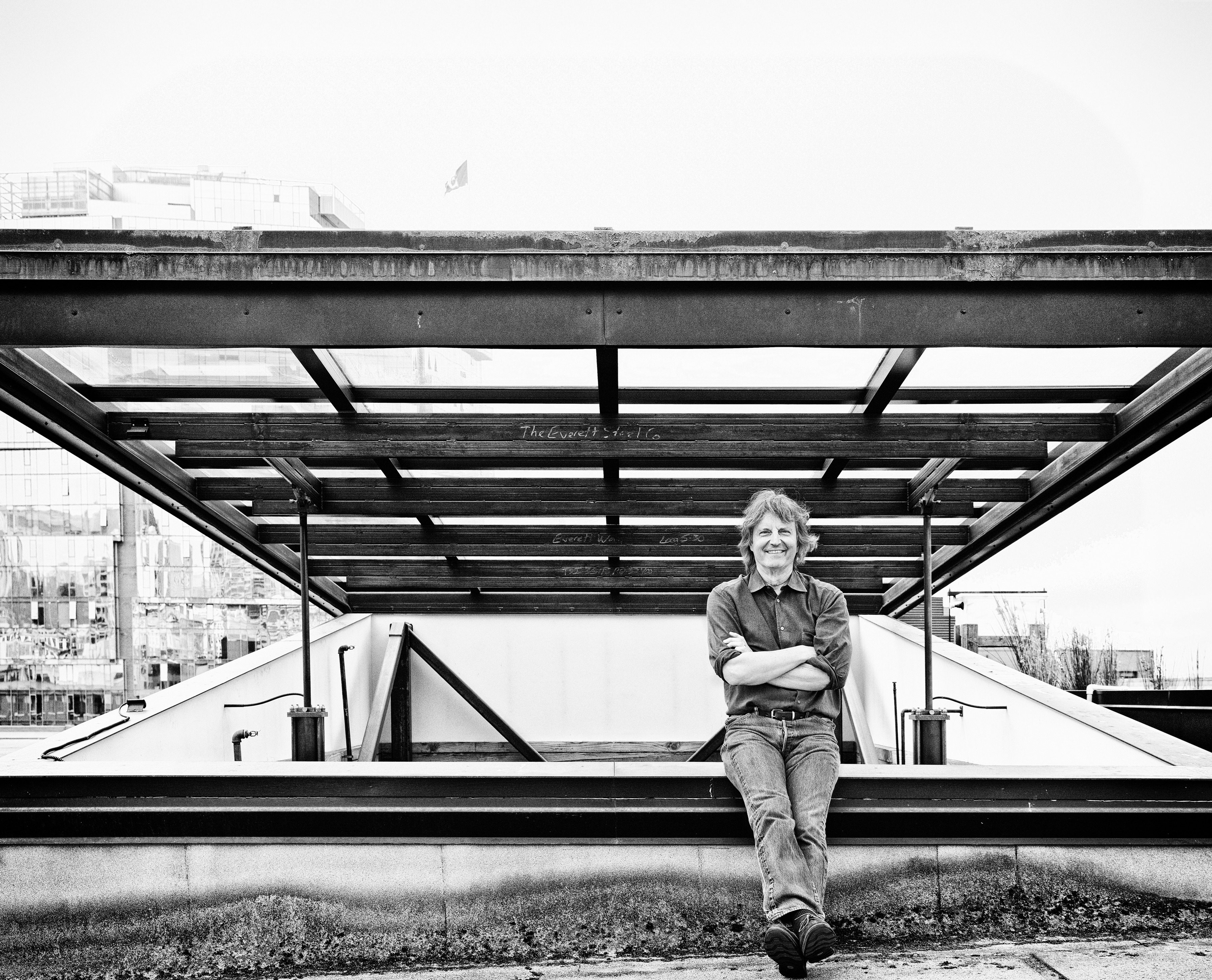 Explore Tom Kundig’s unusual houses, from studios on wheels to cabins slotted into boulders
Explore Tom Kundig’s unusual houses, from studios on wheels to cabins slotted into bouldersThe American architect’s entire residential portfolio is the subject of a comprehensive new book, ‘Tom Kundig: Complete Houses’
-
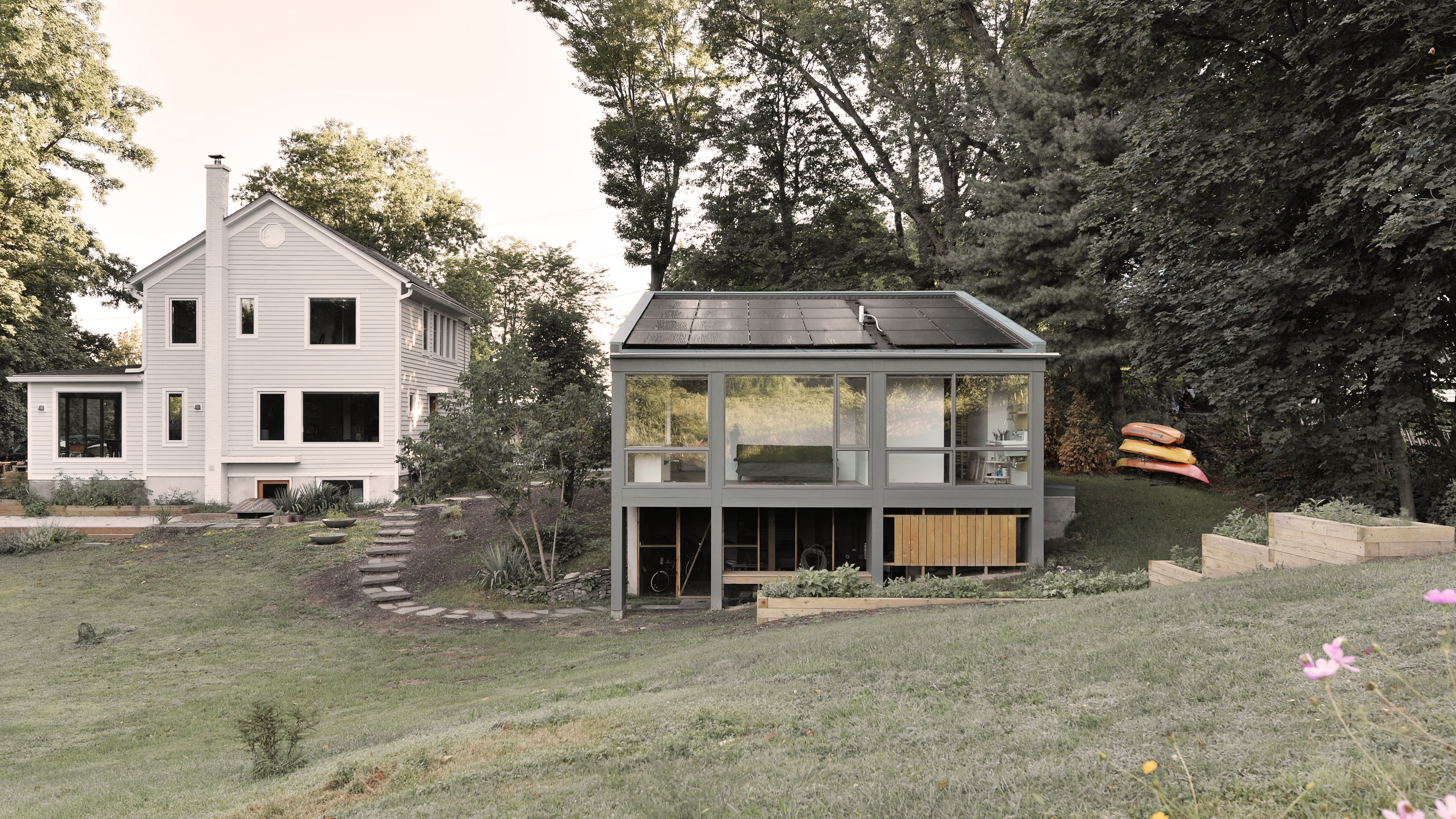 Ballman Khaplova creates a light-filled artist’s studio in upstate New York
Ballman Khaplova creates a light-filled artist’s studio in upstate New YorkThis modest artist’s studio provides a creative with an atelier and office in the grounds of an old farmhouse, embedding her practice in the surrounding landscape
-
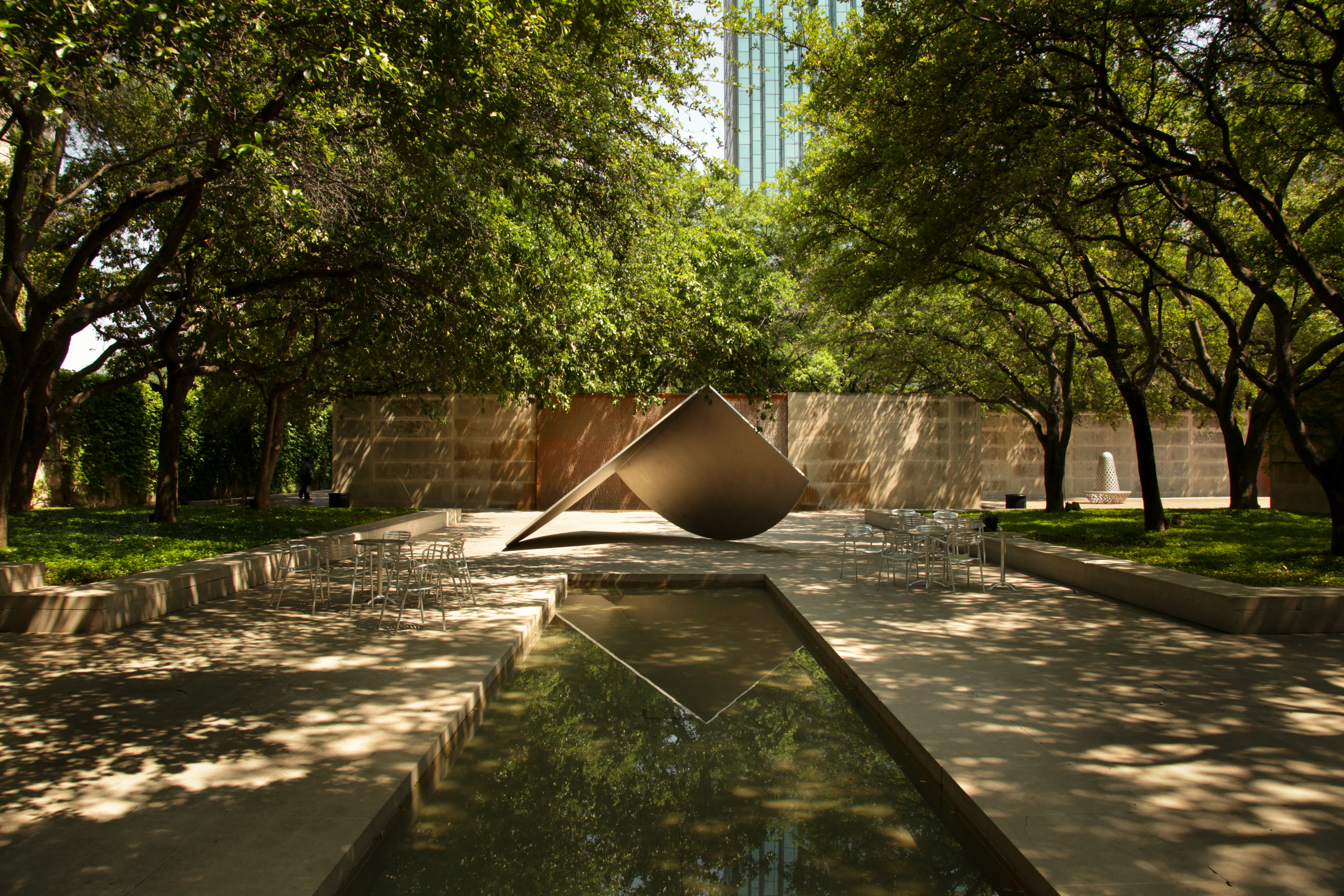 The most important works of modernist landscape architecture in the US
The most important works of modernist landscape architecture in the USModernist landscapes quite literally grew alongside the modern architecture movement. Field specialist and advocate Charles A. Birnbaum takes us on a tour of some of the finest examples
-
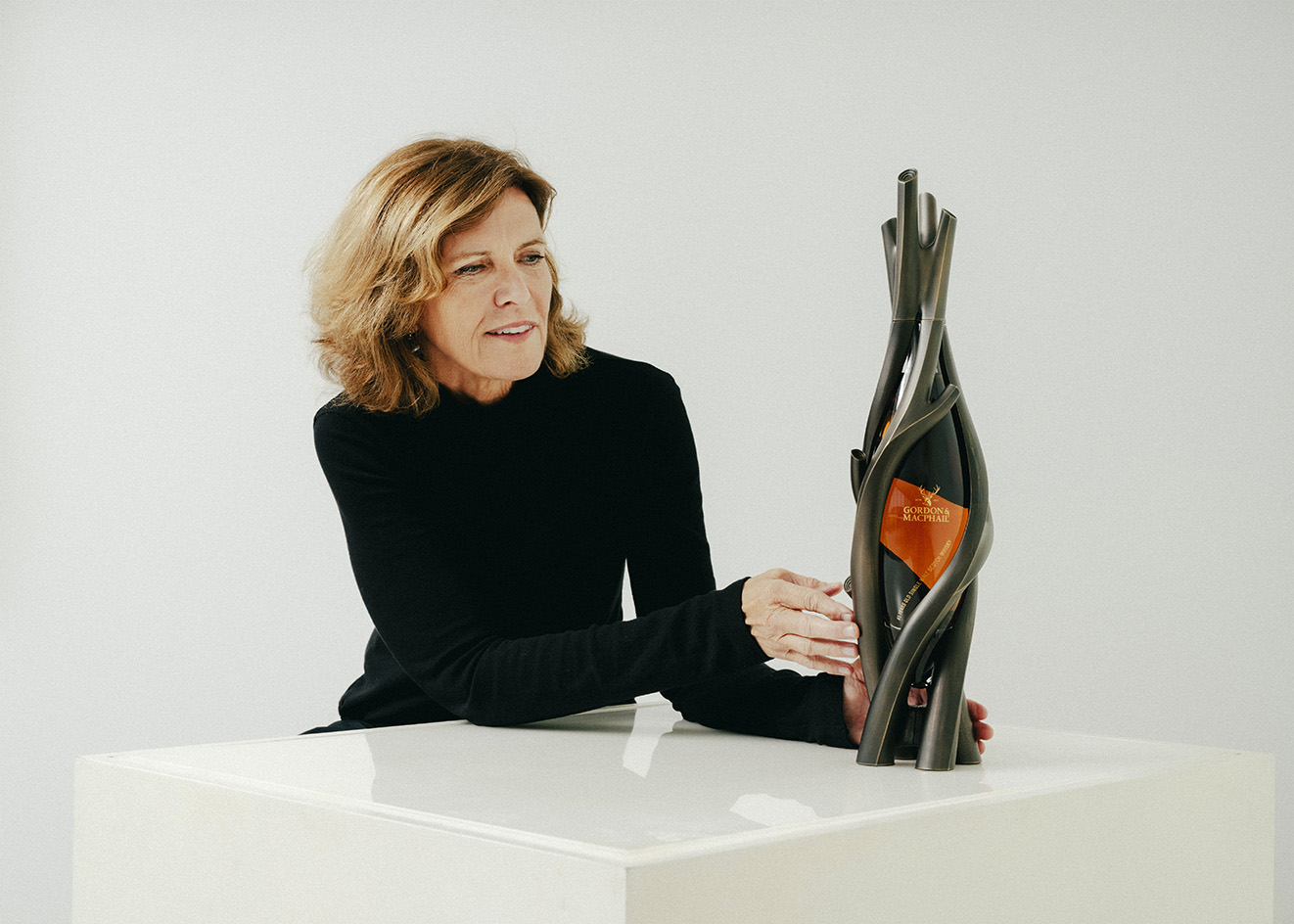 Jeanne Gang’s single malt whisky decanter offers a balance ‘between utility and beauty’
Jeanne Gang’s single malt whisky decanter offers a balance ‘between utility and beauty’The architect’s whisky decanter, 'Artistry in Oak', brings a sculptural dimension to Gordon & MacPhail's single malt